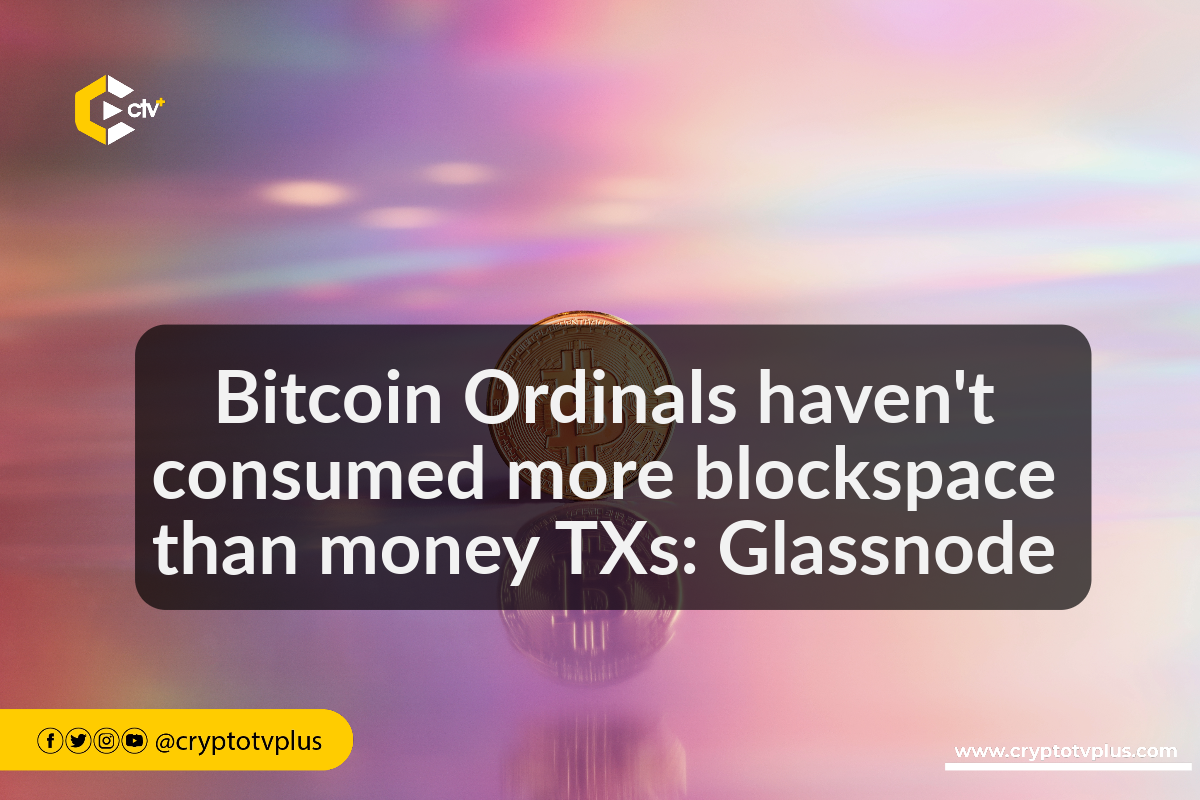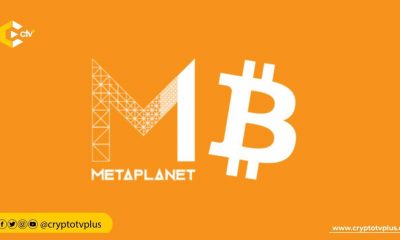News
Bitcoin Ordinals haven’t consumed more blockspace than money TXs: Glassnode

As per the firm’s findings, users cleverly employ ‘packing filler’ transactions, like inscriptions, to fill up the remaining space in blocks once larger transactions are already included.
Contrary to worries about Bitcoin Ordinals taking up precious space on the blockchain, it seems that they have little impact on the network’s ability to process high-value monetary transfers.
Glassnode, an on-chain analytics firm, shared in its report “The Week On-chain” dated September 25 that there is scant evidence to suggest that inscriptions are displacing monetary transfers.
The firm attributed the users’ willingness to tolerate longer confirmation times to the lower transaction fees they are charged. “Inscriptions appear to be buying and consuming the cheapest available blockspace, and are readily displaced by more urgent monetary transfers.”
Bitcoin Ordinals, introduced in February of this year, has swiftly become a major source of activity on the Bitcoin blockchain, accounting for the majority of daily transaction counts.
Although Bitcoin Ordinals account for the majority of transaction counts, Glassnode reports that they only contribute 20% of mining fees.
Although inscriptions have not significantly contributed to mining fees, they have influenced the overall demand for blockspace and the hash rate of the Bitcoin network. Glassnode reports a 50% increase in the hash rate, or computing power, of the Bitcoin network since February.
According to Glassnode, the increased demand for blockspace and hash rate has intensified competition among miners as they vie for a limited supply of revenue fees.
“With extreme miner competition in play, and the halving event looming, it is likely that miners are on the edge of income stress, with their profitability to be tested unless BTC prices increase in the near term.”
Currently, the price of Bitcoin is $26,216, but certain industry experts anticipate a rise in anticipation of the next halving event in April 2024.
However, approximately one month after Casey Rodarmor introduced the Ordinals protocol on the Bitcoin blockchain, the BRC-20 token standard emerged.
Casey Rodarmor recently introduced a new token standard called ‘Runes’ on September 25. This standard aims to leverage unspent transaction outputs (UTXOs) for the creation of fungible tokens, potentially offering greater efficiency compared to BRC-20 tokens.
Read also: Alchemy Pay and Legend Trading partner for crypto payments

























1 Comment